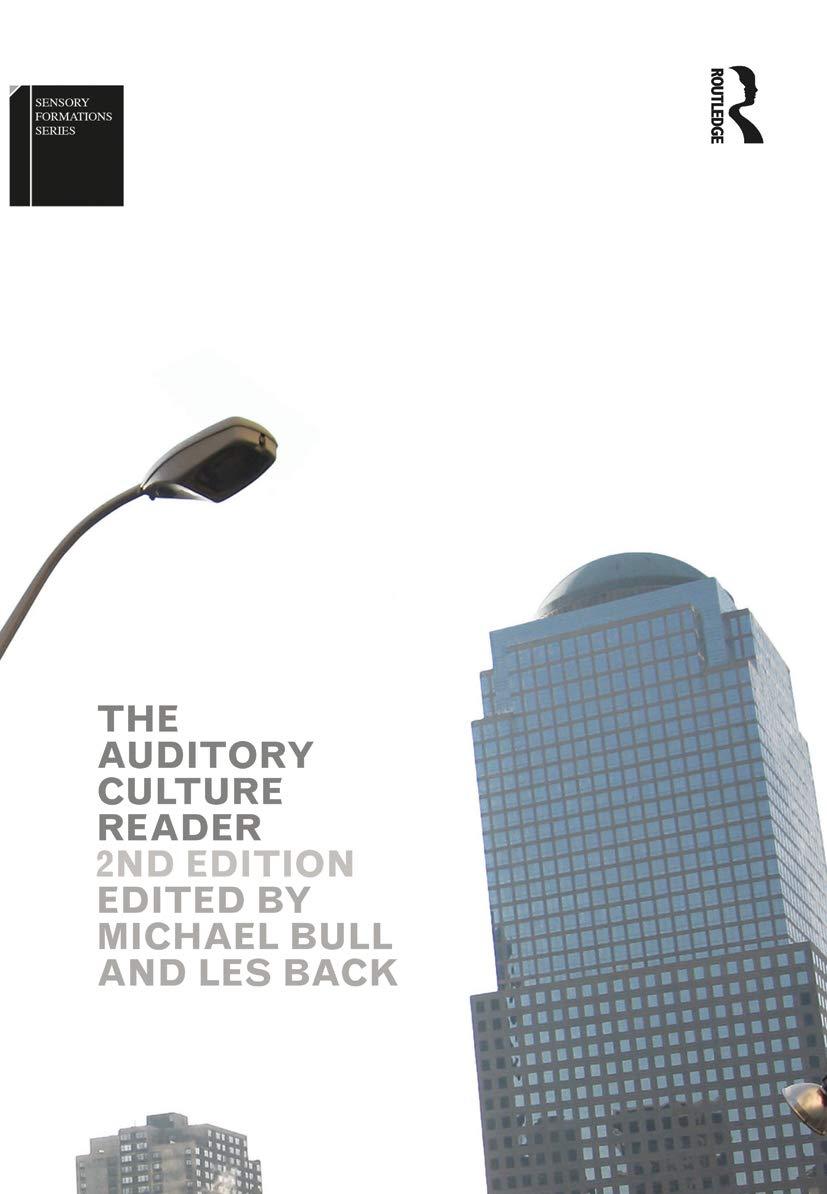Given below are terms appearing in the federal income tax code, regulations and explanations. Indicate your choice of the best term applying to each of the statements below. Each term may be selected once, more than once, not at all. 1. A corporation whose income was derived solely from dividends, interest, and royalties, and during the last six months of its year more than 50% of the value of its outstanding stock is owned by five or fewer individuals. 2. The basis used to determine gain on sale of property that was received as a gift 3. Land exchanged for an office building by a corporation, when the corporation pays additional cash 4. An unmarried individual whose filing status enables the taxpayer to use a set of income tax rates that are lower than those applicable to other unmarried individuals, but are higher than those applicable to married persons filing a joint return 5. Il income is unqualifiedly available, it will be subject to the income tax even though it is not physically in the taxpayer's possession 6. A special tax imposed on corporations that accumulate their earnings beyond the reasonable needs of the business 7. The classification of income from interest, dividends, annuities, and certain royalties 3. Land exchanged for an office building by a corporation, when the corporation pays additional cash 4. An unmarried individual whose filing status enables the taxpayer to use a set of income tax rates that are lower than those applicable to other unmarried individuals, but are higher than those applicable to married persons filing a joint return 5. If income is unqualifiedly available, it will be subject to the income tax even though it is not physically in the taxpayer's possession 6. A special tax imposed on corporations that accumulate their earnings beyond the reasonable needs of the business. 7. The classification of income from interest, dividends, annuities, and certain royalties 8. The classification of depreciable assets and real estate used in a trade or business and held for more than one year, 9. This deduction attempts to mitigate the triple taxation that would occur if one corporation paid dividends to a corporate shareholder who, in turn, distributed such amounts to its individual shareholders. 10. Sale of property to a corporation by a shareholder for a selling price that is in excess of the property's fair market value Given below are terms appearing in the federal income tax code, regulations and explanations. Indicate your choice of the best term applying to each of the statements below. Each term may be selected once, more than once, not at all. 1. A corporation whose income was derived solely from dividends, interest, and royalties, and during the last six months of its year more than 50% of the value of its outstanding stock is owned by five or fewer individuals. 2. The basis used to determine gain on sale of property that was received as a gift 3. Land exchanged for an office building by a corporation, when the corporation pays additional cash 4. An unmarried individual whose filing status enables the taxpayer to use a set of income tax rates that are lower than those applicable to other unmarried individuals, but are higher than those applicable to married persons filing a joint return 5. Il income is unqualifiedly available, it will be subject to the income tax even though it is not physically in the taxpayer's possession 6. A special tax imposed on corporations that accumulate their earnings beyond the reasonable needs of the business 7. The classification of income from interest, dividends, annuities, and certain royalties 3. Land exchanged for an office building by a corporation, when the corporation pays additional cash 4. An unmarried individual whose filing status enables the taxpayer to use a set of income tax rates that are lower than those applicable to other unmarried individuals, but are higher than those applicable to married persons filing a joint return 5. If income is unqualifiedly available, it will be subject to the income tax even though it is not physically in the taxpayer's possession 6. A special tax imposed on corporations that accumulate their earnings beyond the reasonable needs of the business. 7. The classification of income from interest, dividends, annuities, and certain royalties 8. The classification of depreciable assets and real estate used in a trade or business and held for more than one year, 9. This deduction attempts to mitigate the triple taxation that would occur if one corporation paid dividends to a corporate shareholder who, in turn, distributed such amounts to its individual shareholders. 10. Sale of property to a corporation by a shareholder for a selling price that is in excess of the property's fair market value








